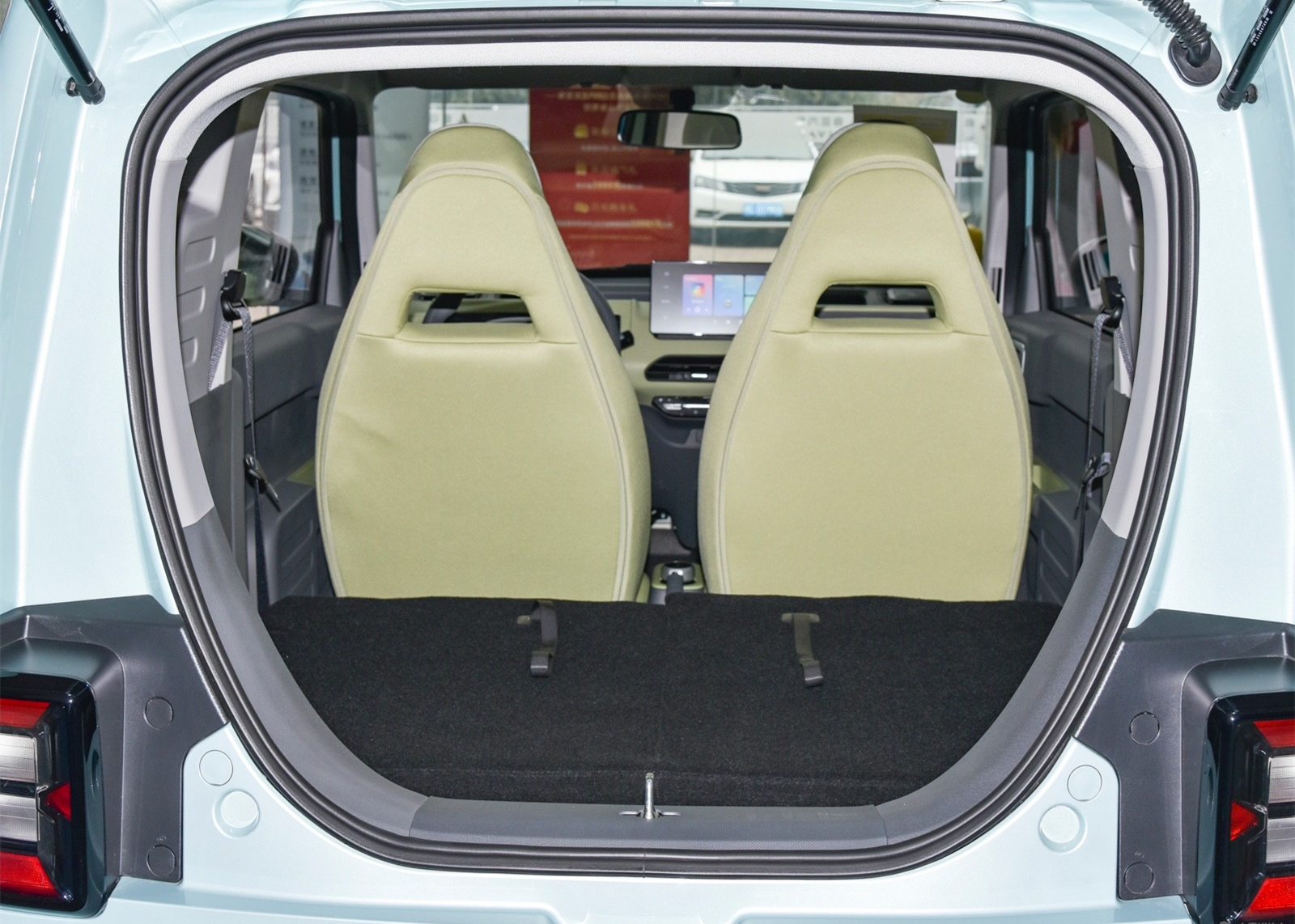
Aug . 14, 2024 03:22 Back to list
Production and Design of Galvanized Iron Windows in Modern Manufacturing Facilities Today
The Rise of Galvanized Iron Windows Innovations from the Factory Floor
In recent years, the construction and manufacturing sectors have witnessed a remarkable evolution in materials and techniques. Among these advancements, the adoption of galvanized iron windows has gained significant attention, especially in factories dedicated to producing these essential architectural elements. Galvanized iron windows not only offer a unique aesthetic appeal but also provide robust durability and resistance to various environmental factors.
What is Galvanized Iron?
Galvanized iron refers to iron or steel that has been coated with a layer of zinc to prevent rusting. This process, known as galvanization, significantly increases the longevity of the metal, making it an ideal choice for applications exposed to harsh weather conditions. The resulting windows not only enhance the beauty of a building but also contribute to its structural integrity. In the realm of window manufacturing, galvanized iron has become a preferred choice due to its admirable combination of strength and lightweight nature.
The Manufacturing Process in Factories
The production of galvanized iron windows begins with the selection of high-quality raw materials, often in the form of steel or iron frames. Factories employ advanced techniques for cutting and shaping these materials to create window frames that meet specific design requirements. The galvanization process usually involves either hot-dip galvanizing or electro-galvanizing, each method bringing unique benefits to the final product.
Hot-dip galvanizing entails immersing the prepared metal in molten zinc, resulting in a thick, durable coating that provides excellent corrosion resistance. On the other hand, electro-galvanizing uses an electric current to bond the zinc to the surface, producing a thinner but more uniform layer. Once the galvanization is complete, the windows undergo further processes such as painting or powder-coating to enhance their aesthetics while providing an extra layer of protection against weather elements.
galvanized iron windows factories

Advantages of Galvanized Iron Windows
One of the primary advantages of using galvanized iron windows is their durability. Unlike traditional wooden or uncoated metal frames, galvanized windows do not warp, crack, or corrode easily, making them suitable for a wide range of environments. This durability translates to reduced maintenance costs over time, as these windows require minimal upkeep compared to their counterparts.
Moreover, galvanized iron windows offer excellent thermal performance. The metallic frames, when paired with high-quality glazing, can improve energy efficiency in buildings, helping to maintain comfortable indoor temperatures and reduce heating and cooling costs. As architects and builders increasingly prioritize sustainability, the energy-efficient qualities of galvanized iron windows align perfectly with modern eco-friendly construction practices.
Aesthetic Versatility
Another remarkable aspect of galvanized iron windows is their versatility in design. Factories can produce them in various styles, sizes, and finishes, allowing for customization that meets diverse architectural preferences. From contemporary facades to classic designs, galvanized iron windows can enhance the visual appeal of any structure.
Conclusion
As we move forward in an era where sustainability and durability are paramount, galvanized iron windows have emerged as a reliable and attractive choice for builders and homeowners alike. The innovations found in factories dedicated to their production not only streamline the manufacturing process but also ensure that the final products meet the highest quality standards. As more people recognize the benefits of galvanized iron windows, from their aesthetic charm to their long-lasting performance, we can expect to see a continued rise in their popularity across the construction industry.
-
Affordable Used Car Engines Prices Quality Used Car Engines for Sale Reliable Used Engines
NewsJul.08,2025
-
Can You Use Dish Soap on Cars? Discover Safe Car Cleaning Alternatives
NewsJul.08,2025
-
Top Car and Driver EV SUV Picks Best Electric SUVs 2023, Ratings & Reviews
NewsJul.07,2025
-
How to Buy Used Cars Cheap Best Places & Top Deals for Affordable Vehicles
NewsJul.07,2025
-
Best Danbury Used Cars for Sale Reliable Used Cars Danbury CT Dealer Ingersoll Auto Specials
NewsJul.06,2025
-
Quality Used Car Parts in Asheville Affordable Asheville NC Auto Parts Reliable Asheville Used Car Dealerships
NewsJul.06,2025